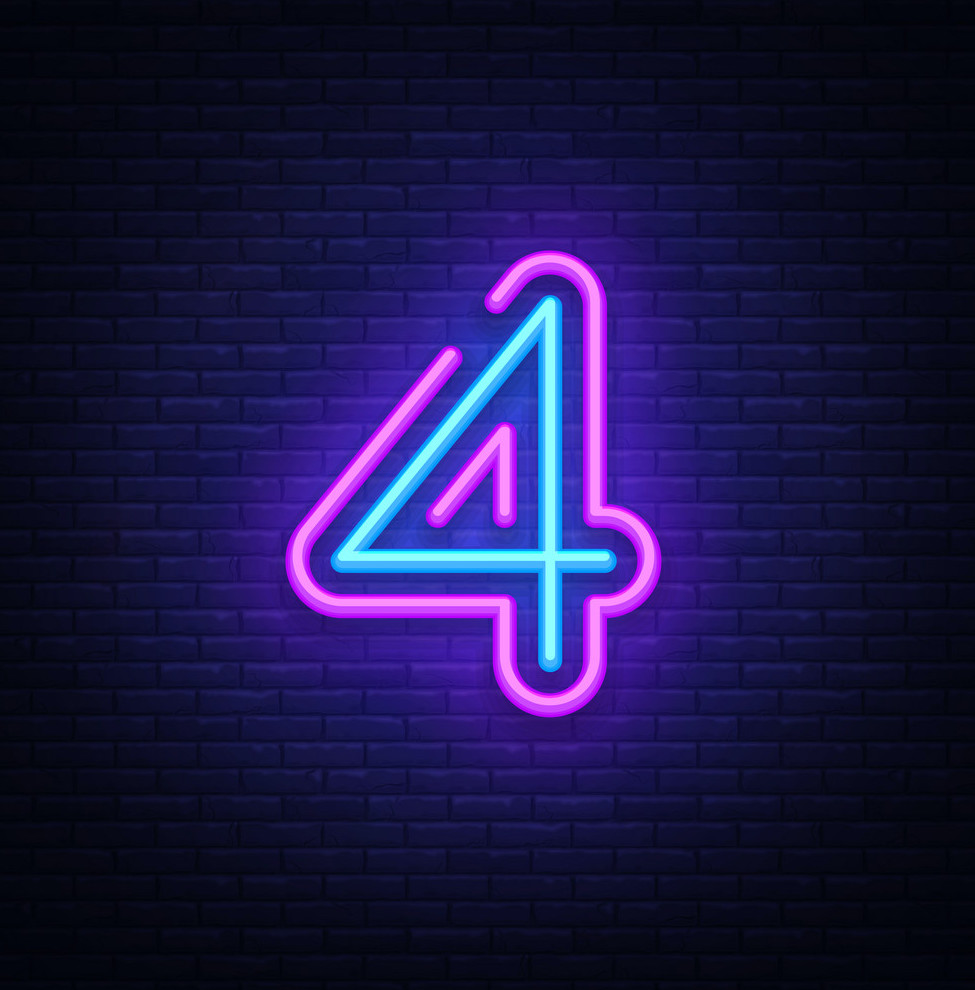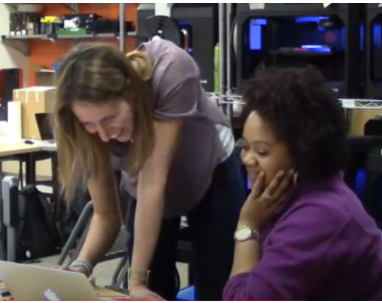Project Overview
The purpose of this project is for PMTs to 3D design and print a new physical tool (or “manipulative”) that can be used in teaching a mathematical idea.
The design of this tool and a corresponding task will reflect the PMT’s:
1) knowledge of what it means to do mathematics and how we learn with physical tools,
2) knowledge of elementary-level mathematics content, and
3) perspective on pedagogy and curriculum in mathematics education.
The TE in Spring 2019 guided the PMTs in their writing by presenting the following project descripion:
Making for Learning Project
The purpose of this project is for you to 3D design and print a new physical tool (or “manipulative”) that can be used in teaching a mathematical idea. The design of this tool and a corresponding task will reflect 1) your knowledge of what it means to do mathematics and how we learn with physical tools, 2) your knowledge of elementary-level mathematics content, and 3) your perspective on pedagogy and curriculum in mathematics education. This project has three components:
- Project Idea Assignment
- Project Rationale Assignment
- Final Paper and Design Show
These writing assignments were coupled with additional support and activities, and are organized below into three phases each containing two tasks:
| Task 1 | Task 2 |
Phase 1 | Tinkercad Design Time | Project Idea Writing Assignment |
Phase 2 | Clinical Interviews With Child | Project Rationale |
Phase 3 | Final Design Show | Final Paper Writing Assignment |
Phase 1’s tasks included Tinkercad training and the Project Idea Writing Assignment. This phase’s in-class Tinkercad training and designing continued over the course of six class meetings during which the TE worked with PMTs to learn the software’s features and apply them in pursuing design ideas within the software’s platform. These meetings included time to collaborate and design a manipulative both on, and outside of, the Tinkercad workspace. The purpose of the Project Idea assignment was to get the PMTs thinking about a manipulative they might want to design, and to serve as a baseline for their thinking in the Making process. Phase 1’s tasks were purposefully juxtaposed so that the PMTs would have an imagined tool to work toward, but also, so that they could experience how their developing knowledge with Tinkercad would enable and constrain their ability to make that manipulative.
As the semester went on, the PMTs continued working on Phase 1’s activity of designing into Phase 2. In Phase 2, the TE also introduced the Clinical Interviews with a child and assigned a Project Rationale Paper. For the interviews, the PMTs selected a child who was in elementary school and who could participate in all three of the project’s interviews. In this phase’s first two interviews, the PMTs posed mathematical task(s) to their child and probed the child’s thinking on his or her approaches. If the task involved working with an existing mainstream manipulative, the PMT could additionally observe how the child used the manipulative to assist his or her learning and thinking. For the Project Rationale, PMTs were asked to think more deeply and write about how they expected their manipulative to work from a learning standpoint with a child. Again, a purposeful juxtaposition of watching an actual child learn using mainstream manipulatives, while imagining how that child might learn from their manipulative advanced the PMTs’ thinking toward the final phase.
During Phase 3, the PMTs continued working toward completing and printing out their manipulatives. In these last weeks of the semester, the PMTs conducted their final interview with the child, posing mathematical task(s) and probing how the child could use their manipulative to reason about the task(s). With the final interview behind them, the final phase’s design show and writing assignment provided an opportunity for the PMTs to reflect back on their experience. In the Final Paper, the TE instructed the PMTs to write about their project manipulative design and rationale, factors that influenced the evolving manipulative design, the task(s) posed during the final clinical interview, and the findings from the interview. The PMTs also were instructed to look back on what they had learned about design and about working with their child, and what they would change about the interview or design experience. The Design Show involved creating a display (a poster with their project manipulative) for presentation to their peers and faculty.
There are 3 project experiences
TINKERCAD
DESIGN TIME
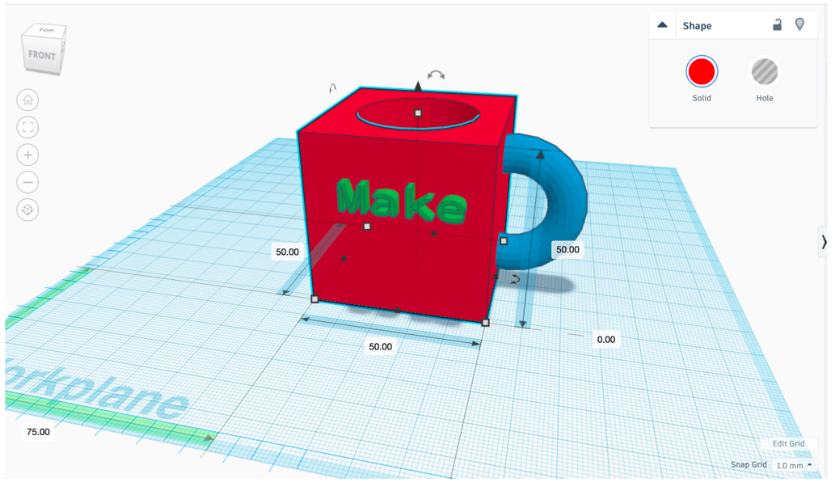
The tools and materials used by the PMTs to create their manipulative included a web-based, geometry design software called Tinkercad that allows users to group and cut pre-made, three dimensional objects to produce new forms. The PMTs also used 3D printers to print those forms.
The in-class Tinkercad training and designing continued over the course of six class meetings during which the TE worked with PMTs to learn the software’s features and apply them in pursuing design ideas within the software’s platform. These meetings included time to collaborate and design a manipulative both on, and outside of, the Tinkercad workspace.
Try out Tinkercad on our Tinker/Dabble page, or find out more on our Learn 3D Design page!
For the interviews, the PMTs selected a child who was in elementary school and who could participate in all three of the project’s interviews. In this phase’s first two interviews, the PMTs posed mathematical task(s) to their child and probed the child’s thinking on his or her approaches. If the task involved working with an existing mainstream manipulative, the PMT could additionally observe how the child used the manipulative to assist his or her learning and thinking. In these last weeks of the semester, the PMTs conducted their final interview with the child, posing mathematical task(s) and probing how the child could use their manipulative to reason about the task(s).
CLINICAL INTERVIEWS
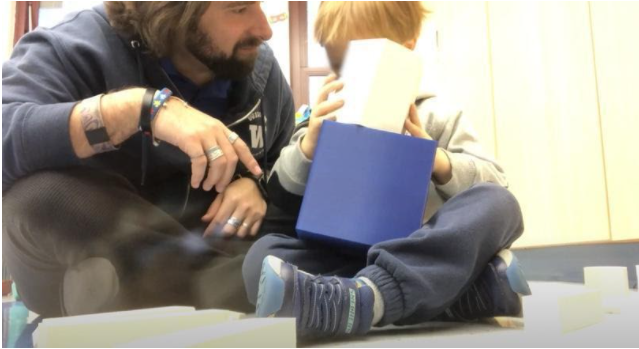
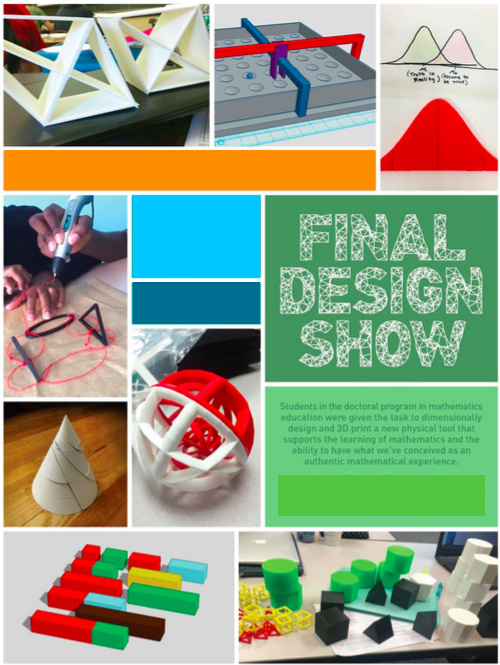
FINAL DESIGN SHOW
The Design Show involved creating a display (a poster with their project manipulative) for presentation to their peers and faculty. The presentation described the intended purpose of the manipulative, the corresponding tasks that were created, and the group’s findings from an intended user’s manipulative-mediated engagement with those tasks.
There are 4 Written project components
In addition to the design of the tool, there are four written project components:
- “Math Autobiography” that calls on students to reflect on their experiences as a student of mathematics, think about how those experiences may have impacted their relationship to mathematics as well as their understanding of it, and consider how their experiences might inform their future work as mathematics teachers;
- “Project Idea Assignment” that describes PMTs’ initial thoughts about a manipulative they want to create;
- “Project Rationale,” which is an account of how their design reflects an understanding of what it means to know and learn mathematics;
- “Final Paper/Reflection” that describes the purposes of the manipulative that was designed and the corresponding tasks that were created, and presents findings from “Getting to Know You” and task- and tool-based, problem-solving interviews conducted by the PMTs with their elementary-age focus students.
*Note that the “Math Autobiography” was completed at the beginning of the semester before the “Making for Learning” project began.

MATH AUTOBIOGRAPHY
A math autobiography calls on students to reflect on their experiences as a student of mathematics, think about how those experiences may have impacted their relationship to mathematics as well as their understanding of it, and consider how their experiences might inform their future work as a mathematics teacher.
For this assignment, you will write a ‘math life story’ to reflect on your own experiences with mathematics as a student and in life and to think about how those experiences impacted your attitude towards mathematics as well as your understanding of mathematics. You will also reflect on how your own experiences may impact your work as a teacher. Begin by reflecting on the following questions (see example reflection questions, below). For each question, think about specific experiences and events that you remember, instead of just generalities. All thorough, thoughtful, and insightful assignments will receive full credit.
- Have you done any teaching or tutoring? Please describe your experiences.
- Have you done your clinical experience toward your studies? Please describe your
experiences. - What do you remember most about learning math in elementary and middle school (let’s
count K-8)? - How do you feel about math? How have your feelings changed over time?
- How do you think your school math experiences impacted your attitude towards math?
- How do you think your school math experiences impacted what you think it means to “understand mathematics” or “be good” at mathematics?
- What experiences made it easier/harder for you to learn math?
- What did your teachers do or not do to connect mathematics to your
home/cultural/community experiences? How do you think this impacted your experience? - How was your math learning supported at home and in your community? Did your
parents or other family members engage in activities involving math? Did you do any
activities that involved or applied math outside of school (e.g., sports, puzzles, games)? - In what ways were you alike or different from the other students in your math classes? Consider math backgrounds, ethnicity, race, gender, linguistic, and/or socio-economic backgrounds. Please be specific in your own identification(s) and those of others.
- How do you think your experiences, feelings, and beliefs might impact the kind of mathematics teacher that you will be, or the kind of teacher that you want to be?
- Pick one person in your life who has affected your relationship with the subject of mathematics (either positively or negatively). Tell me who that person is and how you know them, and conclude your paper by relaying a message to her or him about your relationship about mathematics in writing.
PROJECT IDEA
The purpose of the Project Idea assignment is to get you thinking about a manipulative for you to design, and to serve as a baseline for your thinking in the Making process.
In 2 pages, describe a project that you want to work on. You may work with one other person if you wish. This assignment is intended to be useful to you as you grapple with ideas; it is intended to be useful for me in getting to know your thinking, your interests, and your writing. I also am hoping it will help me help you move your idea forward.
Please use the following prompts to reflect on your Project Idea Assignment. Note: There are two sets of prompts. Just do the one set that applies to you!
This applies if you came up with an “object” you wish to design (either in words, by sketch in Tinkercad or a combination of all three!)
Prompt 1: What mathematics idea or topic underlies the manipulative you are tinkering with? Why are you choosing this idea or topic? Please try to go into the mathematics, for example, by describing problems a child might be able to solve (and how the child would solve them) or the kinds of reasoning that you would like to encourage.
Prompt 2: What idea do you have in mind for a tool or design? How did you arrive at this idea? If you have drawings or scrap paper, or if you tried anything on Tinkercad, please include screenshots at the end of your paper (the page with screenshots does not count in the 2-3 page limit).
Prompt 3: Why do you think your initial idea is a “good” one for a child’s learning? What does it mean to learn with a manipulative?
Prompt 4: Why do you think your initial idea is a “good” one for a teacher’s teaching? What does it mean to teach with a manipulative? (please consider how your answer to Prompt 3 compares/contrasts with your answer to this prompt)
Prompt 5: How are you feeling about this project right now (Overwhelmed? Excited? Cautious? Etc.). Please be honest. This too will help me help you—either through emotional support or technical assistance, all of which we would be working through together!
This applies if you are still struggling or unsure of your tool in its concrete form. Maybe you have mathematics problems in mind or a form of reasoning you want to encourage. You have an image in mind, a sketch but you know it’s still in development.
Prompt 1: What mathematics idea(s) or topic(s) are you considering for your manipulative? Why?
Prompt 2: Do you have an idea in mind for a tool or design? Please share. If you have drawings or scrap paper, or if you tried anything on Tinkercad, please include screenshots at the end of your paper (the page with screenshots does not count in the 2-3 page limit).
Prompt 3: What do you think makes for a “good” manipulative to support a child’s learning? Why?
Prompt 4: What do you think makes for a “good” manipulative to support a teacher’s teaching? Why? (please consider how your answer to Prompt 3 compares/contrasts with your answer to this prompt)
Prompt 5: How are you feeling about this project right now (Overwhelmed? Excited? Cautious? Etc.). Please be honest. This too will help me help you—either through emotional support or technical assistance, all of which we would be working through together!
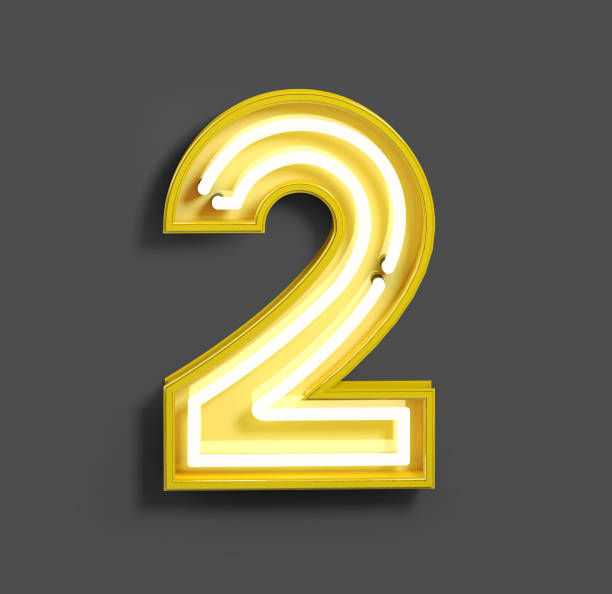
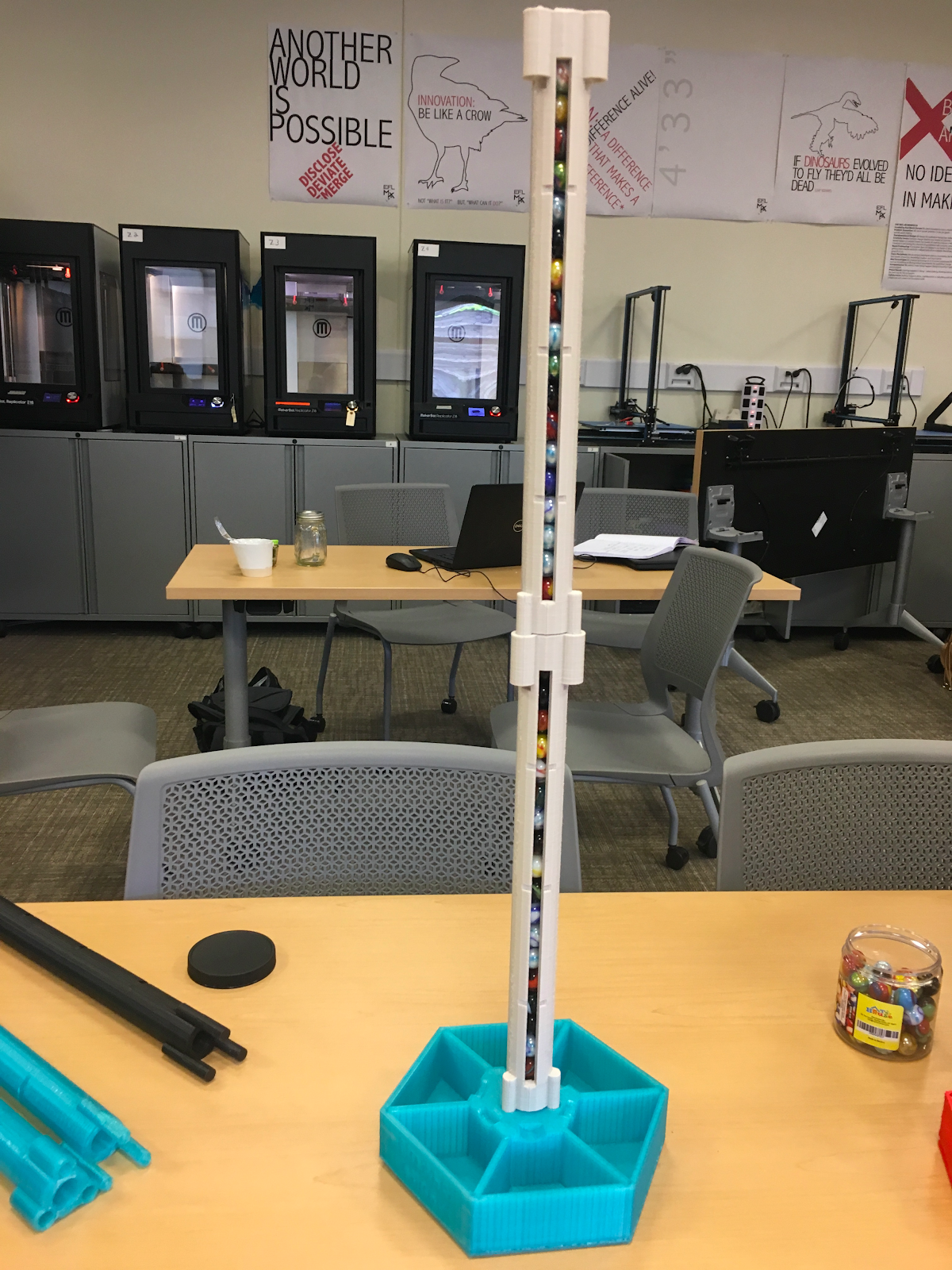

PROJECT RATIONALE
For the Project Rationale, think more deeply and write about how you expect your manipulative to work from a learning standpoint with a child.
For this paper, please reflect on the learning rationale for your manipulative. In at least 3 pages, describe the learning rationale for your project. This is to be an account of why and how you think your project should work from a mathematical learning point of view. That is, why and how do you think your tool will work to support your child’s learning and what do you hope your child will learn about mathematics, what mathematics is, and how it is done as a result of having worked with you on your project. Please consider the following questions as you compose your rationale.
- Describe your manipulative to date. What was especially important to you as you designed your manipulative? Were there features that you had to let go of? Please describe these.
- What mathematical task(s) are you thinking of presenting to your child with your tool? (FYI: This item will be graded in accordance with the genuine reasoning the task presents your child. Tasks that are focused on memorizing or rote algorithmic applications will not receive credit. Please come and see me so I can help you with this if you are struggling).
- How could a child reason about this task without your manipulative? Describe possible approaches or solutions and hiccups.
- How could a child reason about this task with your manipulative? Describe possible approaches or solutions and hiccups.
- Can you think of other possibilities for reasoning that your manipulative affords a child? (Actually, maybe you could all ask your child this question at the end of your final interview! That is, you could all ask, “Can make up another math problem you could solve with this manipulative?”).
- How is the user of your manipulative supposed to learn from working with your design?
- How does the design of your technology reflect your understanding of what mathematics is and of how learning happens?
- What was especially important to you as you designed your manipulative? Were there features that you had to let go of?
- What would it mean for your project to be successful in terms of learning? What would it mean if it were to fail to work?
FINAL REFLECTION
Look back on what you had learned about design and working with your child, including anything you would change about the interview or design.
A short research paper, typed and carefully edited. As a rough estimate, shoot for 10 pages. You will also present your manipulative to the class and create a tri-fold poster board or 5-slide PPT that includes: 1) the intended purpose of the manipulative, 2) the corresponding task you created, and 3) your findings from the implementation of that task with an intended user.
This paper is called a design case. This design case will be a description of a manipulative that has been intentionally designed and an in-depth explanation of the rationale for the design, including how that design came to be the way it is. Use the following sections as section headings in your paper. Substantive connections to course readings are expected in all sections (provide citations).
- Introduction: Introduce the project and state its purpose (e.g., “The purpose of this project is for you to design a new physical tool (or “manipulative”) that can be used in teaching a mathematical idea.”). Include how you intend for it to be used in a child’s learning about INSERT YOUR TOPIC HERE. Please include and elaborate, from your Project Rationale, the response to your question, “How does the design of your tool reflect your understanding of what mathematics is and how learning happens?”
- Design Idea & Rationale: What is your design idea? How and what is the user of your manipulative supposed to learn from working with your design? Begin with what you’ve already written and then elaborate on how both your manipulative and your rationale have developed since the initial submission. Regarding your design, what new ideas and insights have you had? What challenges have you overcome?
- Key Design Decisions: Simply stated, why does your design look the way it does? You’ve made SO many choices in the design of your manipulative: “Should I add numbers?” “Do things need to be evenly spaced?” “Do size and color matter?” What were some key design decisions that arose as YOU thought about what your manipulative would do and look like, and as you talked about it with others? How does your design reflect your understanding of the relevant mathematical ideas and the struggles students might face as they learn those ideas? What does it say about how you believe people learn mathematics?
- Task Statement: Simply state the tasks you used and your rationale for their design. What did you hope they would help you accomplish? How did you envision your child interacting with your tool as they solved these tasks? Talk about the relationship between the design of your tool and the design of your tasks. What solutions did you envision and anticipate? What kinds of struggles did you envision and anticipate?
- Findings: With whom did you implement your task along with your manipulative? What happened? What did the child learn? [Provide evidence, as you did in your other interviews. Remember, the point of the interview is to discover how the child thinks – not to guide the child to the correct answer. It does not matter if the child solves everything incorrectly or gets to your desired endpoint – you will still learn something about her/his thinking.] Please attach any artifacts from the interview (e.g., worksheets, the child’s written work).
- Reflections: What did you learn (e.g., about design, designing for learning, preparing for teaching)? If you were to engage in another design cycle with your current manipulative and the tasks that go with it, what would you change about their designs? What did you learn from the interview experience? What would you change about it? What are your thoughts about this design experience? [It’s a design study itself.] How was this project valuable to the child you interviewed, and how was it valuable to you as a teacher? What suggestions do you have for modifications to the project?
